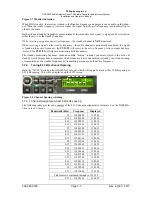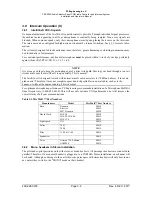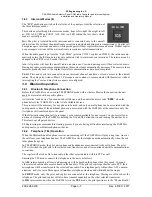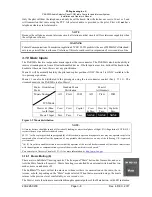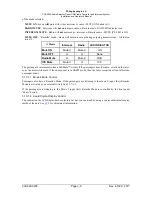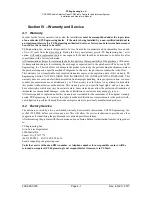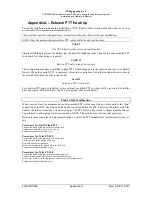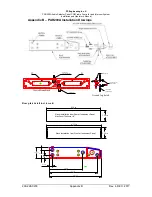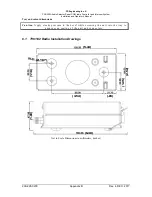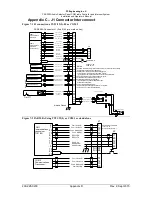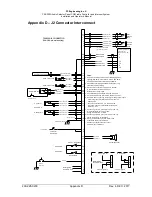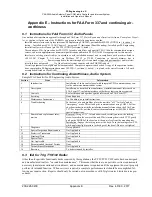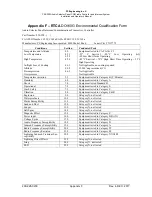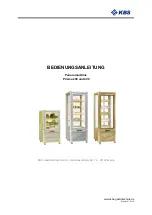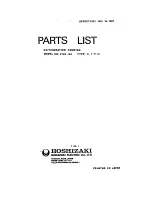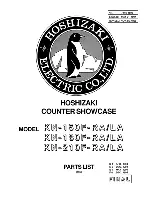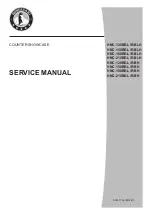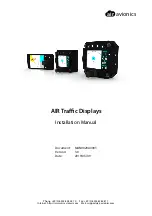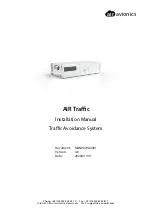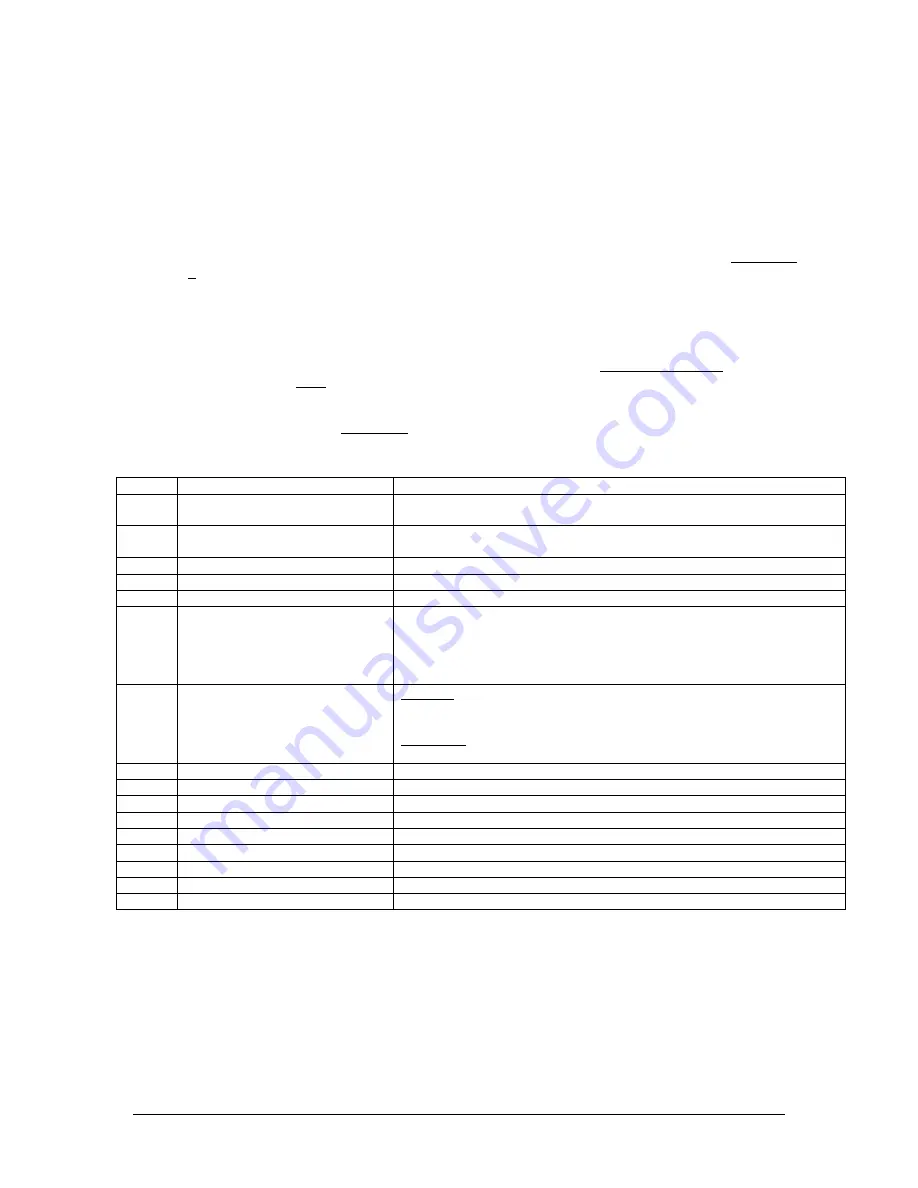
PS Engineering Inc. ®
PAR200A Audio Selector Panel, COM radio Controller and Intercom System
Installation and Operator’s Manual
200-228-0200
Appendix E
Rev. 4, DEC. 2017
Appendix E – Instructions for FAA Form 337 and continuing air-
worthiness
9.1 Instructions for FAA Form 337, Audio Panels
One method of airworthiness approval is through an FAA Form 337,
Major Repair and Alteration (Airframe, Powerplant, Propel-
ler, or Appliance)
In the case of the PAR200A, you may use the following text as a guide.
Installed audio selector and 6-place intercom, PS Engineering PAR200A, part number 050-228-(XXXX) in (
location
) at
station . Installed per
AC43.13-2B, Chapter 2, paragraph 23
(Instrument Panel Mounting). Installed per PS Engineering
Installation Operators Manual
p/n 200-228-(XXXX), revision (), dated ( ).
These units are FAA-Approved under TSO C139 for audio amplifiers, and a partial TSO C169a for communications trans-
ceivers, and meets appropriate environmental qualifications outlined in RTCA DO-160G as appropriate for this aircraft.
Interface to existing aircraft radios in accordance with installation manual and in compliance with practices listed in
AC43.13-2B
, Chapter 2. All wires are Mil-Spec 22759 or 27500. Connection to aircraft dimmer bus is
____________________. Power is supplied to the unit through a 3A circuit breaker (type and part number), and total elec-
trical load does not exceed % of the electrical system capacity with the PAR200A added.
Aircraft equipment list, weights and balance amended. Compass compensation checked. A copy of the operation instruc-
tions, contained in PS Engineering document 202-228-( ), revision ( ), dated ( ), is placed in the aircraft records. All work
accomplished listed on Work Order
.
9.2 Instructions for Continuing Airworthiness, Audio System
Sample ICA Checklist for PS Engineering Audio System:
Section
Item
Information
1
Introduction
Installation of audio control panel with integrated VHF communications con-
troller and intercommunications system.
2
Description
Installation as described in manufacturer’s installation manual referenced on
FAA Form 337, including interface with other avionics audio as required.
3
Controls
See installation and operator’s guide referenced on FAA Form 337.
4
Servicing
None Required
5
Maintenance Instructions
On Condition, no special instructions
6
Troubleshooting
In the event of a unit problem, place the unit into “off,” “fail-safe” and/or
“emergency” mode. This allows pilot communications using COM 1. Follow
checkout instructions in the installation manual referenced on the FAA Form
337. For a specific unit fault, contact the manufacturer at (865) 988-9800 for
special instructions.
7
Removal and replacement infor-
mation
Removal: Using a 3/32” Allen-head wrench, carefully unscrew the locking
screw located in the center of the unit. While turning the wrench CCW, gently
pull on the EDGES of the bezel until the unit is free from the mounting tray.
Installation: Engage the locking screw at the back. Turn the locking screw CW,
while applying slight pressure to the edges of the bezel. Do not over tighten!
8
Diagrams
Not applicable
9
Special Inspection Requirements
Not Applicable
10
Protective Treatments
Not Applicable
11
Structural Data
Not Applicable
12
Special Tools
None
13
Not Applicable
Not Applicable
14
Recommended Overhaul Periods
None
15
Airworthiness Limitations
Not Applicable
16
Revision
To be determined by installer
9.3 ICA for Trig TY91/92 Radio:
Other than for periodic functional checks required by the regulations, the TY91/TY92 VHF radio has been designed
and manufactured to allow “on condition maintenance”. This means that there are no periodic service requirements
necessary to maintain continued airworthiness, and no maintenance is required until the equipment does not properly
perform its intended function. When service is required, a complete performance test should be accomplished fol-
lowing any repair action. Repairs should only be carried out in accordance with Trig Avionics Limited service pro-
cedures.



